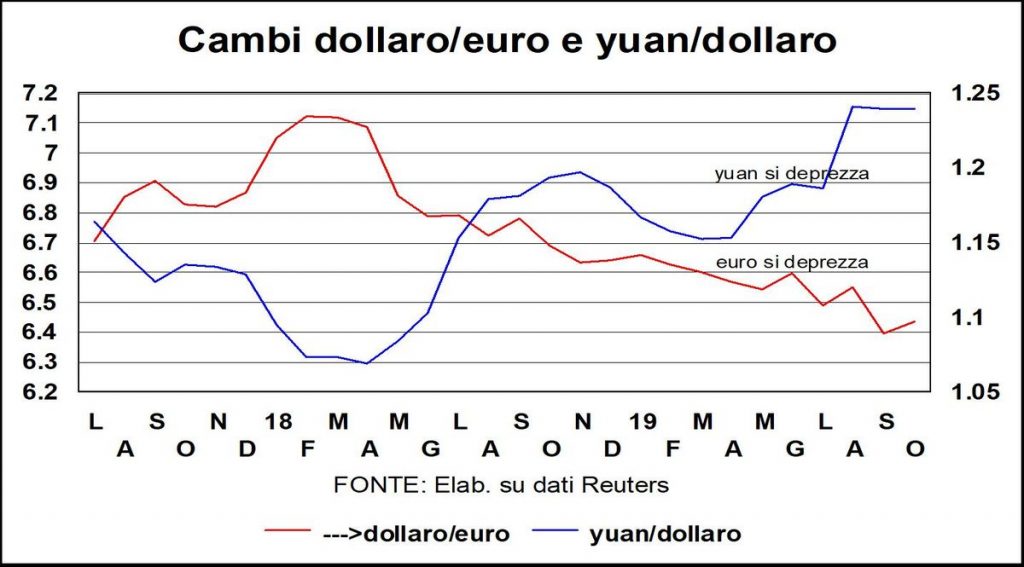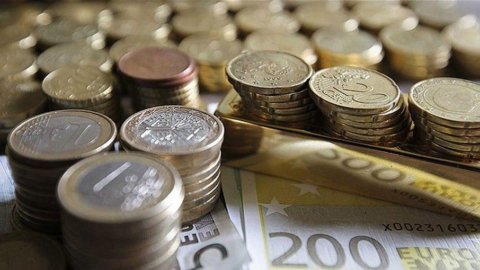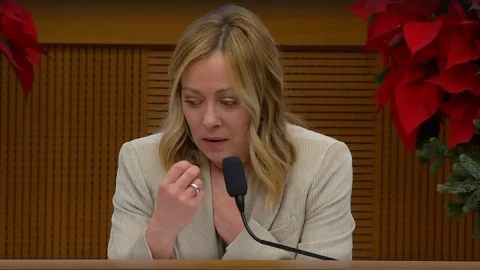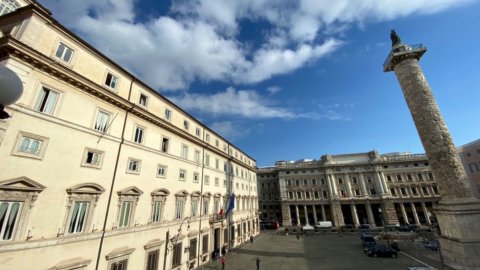I low rates they begin to be a political problemas well as cheap. The Germans (we must always remember, as Mario Monti said, that for the Germans economics is a branch of moral philosophy) say that it is immoral not remunerating savings adequately, and it is neither nice nor right to borrow money paying little or nothing or even getting paid by the lender. From an economic point of view, even the Bank for International Settlements expresses concern over $17 trillion of securities a negative rates wallowing in global finance: suffers fromresource allocation, since the ease of getting into debt can lead to bad investments. Of course, there is also a silver lining: ease of getting into debt can lead to Germany to make public investments to renew often dilapidated infrastructures, and this is certainly not immoral.
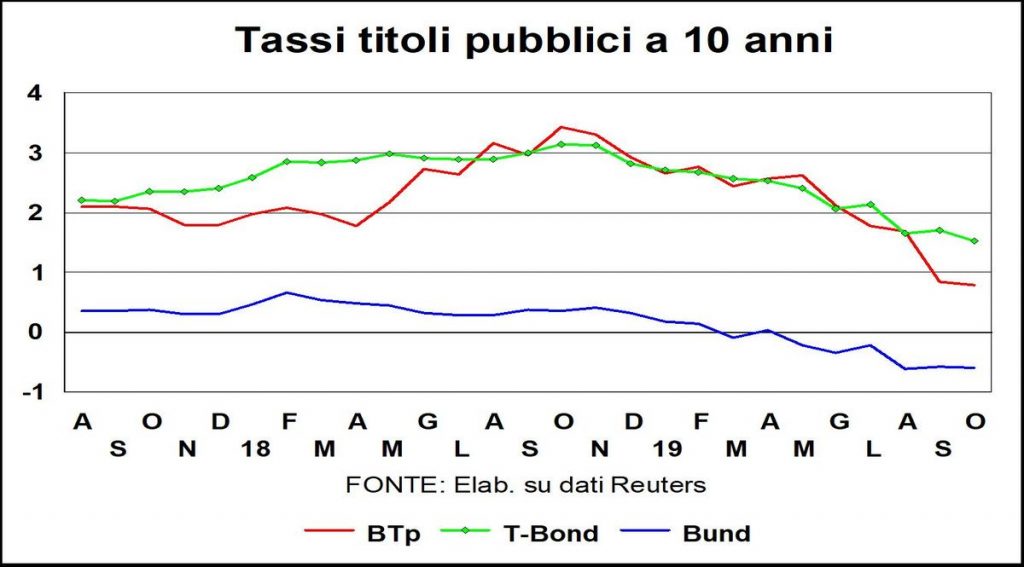
Be that as it may, rates are falling (in the graphs, the rates for October are those at the 4th of the month, and real rates assume that the latest inflation trend will hold), reflecting the weakness of the economy. Inflation also falls for the same reason, and this limits the decline real rates, which however remain – in America and Germany – negative and well below the growth rate of the economy – a sign of an expansionary monetary policy. In Italy the real long-term rate, thanks to the drop in inflation (the dynamics of prices in 12 months is much lower than the German or American rate), is not as low as elsewhere (it is around 0,5%) and does not indicate monetary conditions particularly expansive. However, the costs ai historical lows of mortgages and also those of the gods business loans they certainly help.
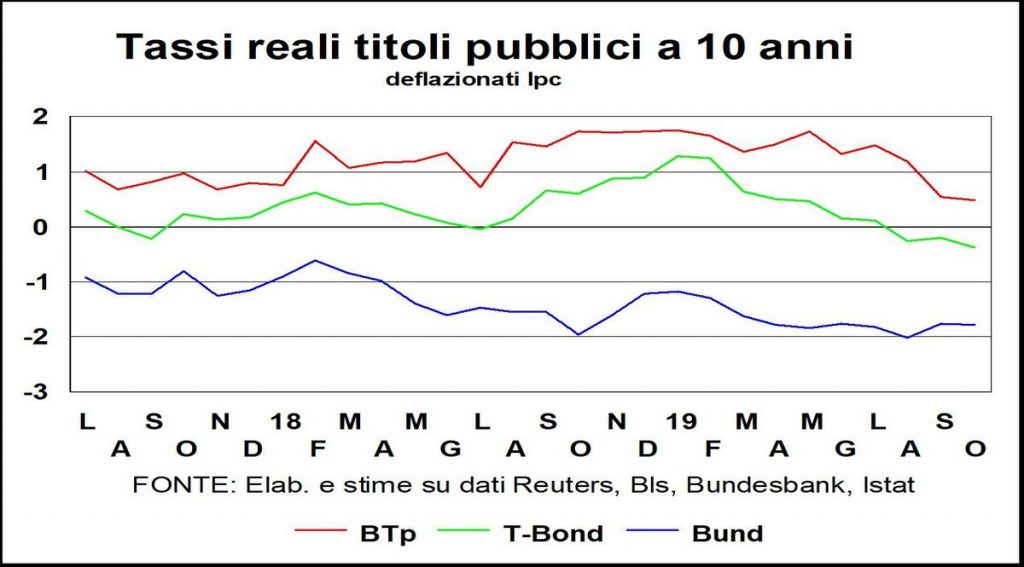
In the currency field the euro remains “below but close” to 1,10 against the dollar (the October exchange rate is that of the 4th of the month): this long-lasting drop (it was above 1,20 at the beginning of last year) reflects the comparative growth rate (highest in the USA), the comparative level of interest rates both long and short, and the timely loosening maneuver monetary policy announced last month by the ECB. This trend towards the depreciation of the single currency is a useful support for European producers, already struggling due to the US-China trade wars and due to Trump's retaliatory tariffs following the WTO ruling on subsidies to Airbus. The yuan it's also, pretty much here as of early last year, in the process of devaluation against the dollar (Chinese markets are closed for the anniversary of the People's Republic: the October exchange rate is actually the end of September). Trump cannot expect to punish China with tariffs without these punishments being reflected in a weakening of the currency which comes to compensate, at least partially, the impact of tariffs.
